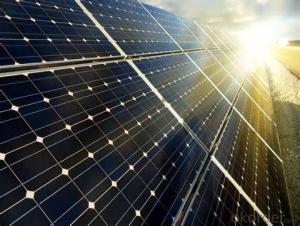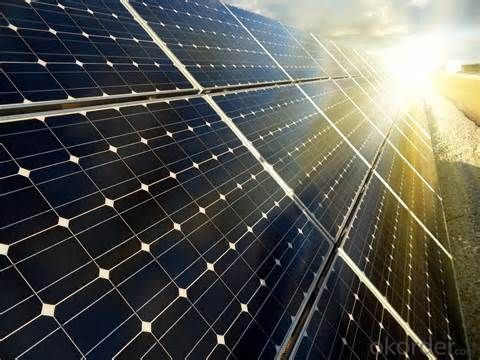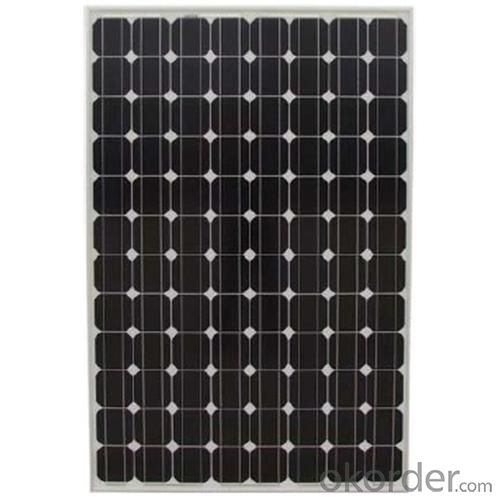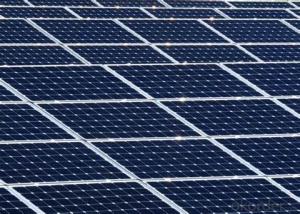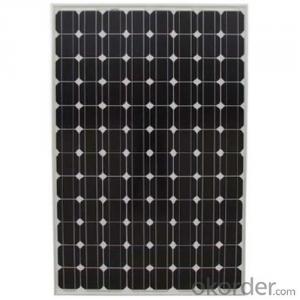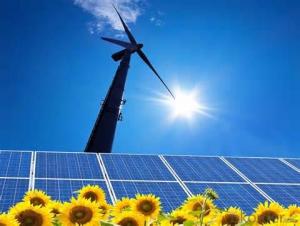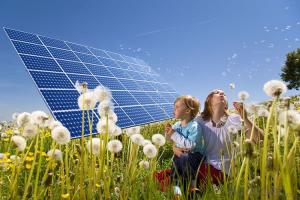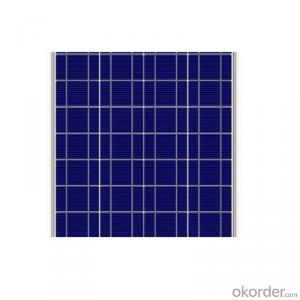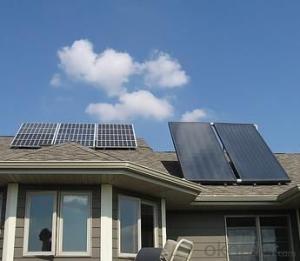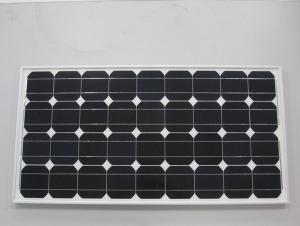Damon Texas Solar Panels - 205w Poly Solar Module with High Efficiency
- Loading Port:
- Tianjin
- Payment Terms:
- TT OR LC
- Min Order Qty:
- 1 watt
- Supply Capability:
- 100000 watt/month
OKorder Service Pledge
OKorder Financial Service
You Might Also Like
Specification
Product Description:
1.Structure of Solar Module Description
CNBM Solar's photovoltaic module is designed for designed for large electrical power requirement. It is the optimal choice for both on-grid and off-grid power systems. CNBM Solar offers high performance of power per square foot of solar array.
2.Main Features of the Solar Module
Solar Cell: High efficency crystalline solar cell. Even if under the weak light, the solar module can produce maximum power output.
Tempered glass: Anti-reflecting coating and high transmission rate glass increase the power output and mechanical strength of solar module.
EVA and TPT: Using high quality EVA and TPT to prevent destroying and water.
Strong aluminum frames to strengthen the load hold and to stand against high wind.
Junction box: Multi function junction box with water proof.
Long lifetime: ≥25 years; Less power decrease.
Good performance of preventing from atrocious weather such as wind and hails.
Resisting moisture and etching effectively, not effected by geology.
The certificate issued by international authority: UL, TUV, IEC, VDE, CE.
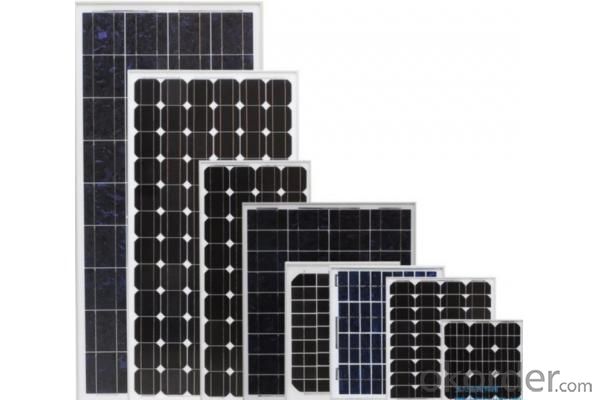
Solar panel working process
In addition to being the ultimate source of all life on earth, the sun is an infinitely renewable, completely pollution-free source of electricity. Instead of burning fossil fuels dug up from the ground in a big power plant – a very 19th century, industrial age approach, when you think about it – solar panels convert sunlight directly into electricity, with no harmful emissions.
The basic unit of a solar panel is a solar cell, which usually consists of one or two layers of silicon-based semiconductor wafers. When struck by the photons in sunlight, the solar cell generates an electrical charge due to the "photovoltaic effect" – which is a pretty good name, since it produces voltage from photons. The flow of these electrons moves in a steady electrical current from one side of the cell to the other.
Dozens of these PV cells are packaged together into solar modules, which in turn are packaged into solar panels that are mounted on a rooftop and arranged to maximize their hours of exposure to direct sunlight. Because the electricity generated by all those solar cells is direct current (DC), it is then sent to an inverter that transforms the power into the same alternating current (AC) used by the appliances in your home and the local utility electricity distribution grid. Increasingly, these inverters are getting "smart," providing data monitoring for solar installation performance and other grid integration services.
- Q: Why might energy from the solar panels sometimes be near zero even in the summer?
- Hey Cosmic, forget about Wayfare and Jenny here, but I have to say your question is a bit vague. When you say the panels produce near zero, how near? Are you using a watt meter, ammeter, or some other sort of metering device. Solar electric, or photovoltiac panels are made almost entirely of silicone wafers. Same as computer chips, when they get hot, the resist the flow of electrons. This is why most panel manufacturers advise installers to upgauge wiring if the temperature falls below 40 degrees F (5C) regularly. Below 0 C, you have to upgauge 2 wire sizes. A good quality panel will put out 50% of its rated power in very cold climates, so it stands to reason that they will put out substantially less in hot weather. Many people think places like the SW United States is great for solar because it's always sunny. In Las Vegas for example, they have 27 sunny days a month, and in August, the temperature frequently reaches 50 degrees C (20F) so people with photovoltiac panels are not even getting half their rated power on a good day. I'm not sure this is what you are asking about. Our home has been powered by the wind and sun for 2 years now. In the summer in the upper midwest, the days are warmer of course, but also much longer than in the winter. So our batteries will frequently fill up by 2:00pm, and the charge controller will taper off the solar charging the rest of the day to minimize overcharging. If you were to check the meters at 3pm, you might notice only 3 or 4 amps coming in when the array is rated at 42. This is normal for us in July and August. These are some reason why a solar array produces near zero in the summertime. Take care Cosmic, Rudydoo
- Q: Can solar panels be used in commercial buildings?
- Yes, solar panels can definitely be used in commercial buildings. In fact, many businesses are increasingly installing solar panels on their rooftops or in open spaces to generate clean and renewable energy. This helps reduce their reliance on traditional grid electricity and lowers their operational costs in the long run. Additionally, commercial buildings often have ample roof space, making them ideal for maximizing solar energy generation.
- Q: I want to buy a solar panel kit but I'm unsure of how it works. Basically I want to run my entainment set, Xbox, cable box, 46 led tv, and some desktop speakers. I went online and found a kit for like 250 or something like that at homedepot and was wondering if that kit is worth the money or go bigger or something.
- Solar panels use light energy (photons) from the sun to generate electricity through the photovoltaic effect. The structural (load carrying) member of a module can either be the top layer or the back layer. The majority of modules use wafer-based crystalline silicon cells or thin-film cells based on cadmium telluride or silicon. The conducting wires that take the current off the panels may contain silver, copper or other non-magnetic conductive transition metals.
- Q: Does anyone know how I would go about hooking up the air conditioners in my house to solar panels? I would want just the air conditioners to be powered by solar energy. How could I hook it up where the panels can absorb energy from the sun during the day, and save and store the energy so I can run the air conditioners at night? I really feel that in the long run, this would save a lot of money with the energy bill. It's the use of the air conditioners that drive up the bill. Is this idea feasible? Is it also possible to have some sort of hybrid system where I can switch from solar to my regular local energy source when I want to?
- There's no need to connect only the A/C to solar, nor is there a need to use batteries. Both of those problems are solved with grid-tied solar. The solar electricity system works alongside your regular, and the A/C just plugs in normally. You never need to worry about switching. During the day, if the A/C is drawing power, the solar goes into that, reducing your draw from the electric company. If the solar generates more than the A/C needs, the meter is driven backwards. At night, the meter runs forward again. For example, the meter may read 5000 in the morning. By evening, maybe it reads 4975. At night, it creeps back up to 5005. When the meter reader comes, you would be billed for only 5 kWh. That's the general idea. Also, consider whether you can insulate your home more, and whether you might want to change out your air conditioners for new, DC inverter mini-split units. Those can use a fraction of the electricity per BTU of regular air conditioners.
- Q: Can solar panels be used to power a film set?
- Yes, solar panels can be used to power a film set. By harnessing the sun's energy and converting it into electricity, solar panels can provide a sustainable and renewable source of power for various film production needs, such as lighting, cameras, and equipment. This not only reduces the carbon footprint of the film production but also saves costs on traditional energy sources.
- Q: How do solar panels withstand hail or other weather conditions?
- Solar panels are designed to withstand various weather conditions, including hail. They are made with durable materials such as tempered glass and have a protective layer to prevent damage from hailstones. Additionally, they undergo rigorous testing to ensure they can withstand harsh weather, including hailstorms.
- Q: What is the impact of roof material on solar panels' performance?
- The impact of roof material on solar panels' performance is significant. The type and condition of the roof material can affect the efficiency and effectiveness of solar panels. Certain roof materials, such as metal or asphalt shingles, are more conducive to solar panel installation and can provide a stable and durable surface for the panels. These materials typically allow for better heat dissipation and can withstand the weight of the panels. On the other hand, roofs with clay tiles or slate may require special mounting systems and can be more challenging to install solar panels on. Additionally, a damaged or deteriorating roof can pose a risk to the overall performance and lifespan of the solar panels. Therefore, it is crucial to consider the roof material and its condition when planning for solar panel installation to ensure optimal performance and longevity.
- Q: Can solar panels be installed on airports or transportation hubs?
- Yes, solar panels can be installed on airports or transportation hubs. In fact, many airports and transportation hubs around the world have already implemented solar panel systems to generate clean and renewable energy. These installations not only help reduce the carbon footprint of these facilities but also contribute to their energy self-sufficiency and cost savings.
- Q: Can anyone tell me how to connect a solar panel from a calculator to a motor from an RC car.
- Solar Rc Car
- Q: I bought a pack of OEM mini solar panels that produce 4.2v and 22mA and I was just wondering how many LED's I could hook up to one mini solar panel? I currently have one green LED with a resistor on the one panel but was wondering how many I could possibly run off of one panel?
- You need to answer that by designing circuits to provide each LED with its specific voltage and current requirements, and then see how many you can supply.
Send your message to us
Damon Texas Solar Panels - 205w Poly Solar Module with High Efficiency
- Loading Port:
- Tianjin
- Payment Terms:
- TT OR LC
- Min Order Qty:
- 1 watt
- Supply Capability:
- 100000 watt/month
OKorder Service Pledge
OKorder Financial Service
Similar products
Hot products
Hot Searches
Related keywords
